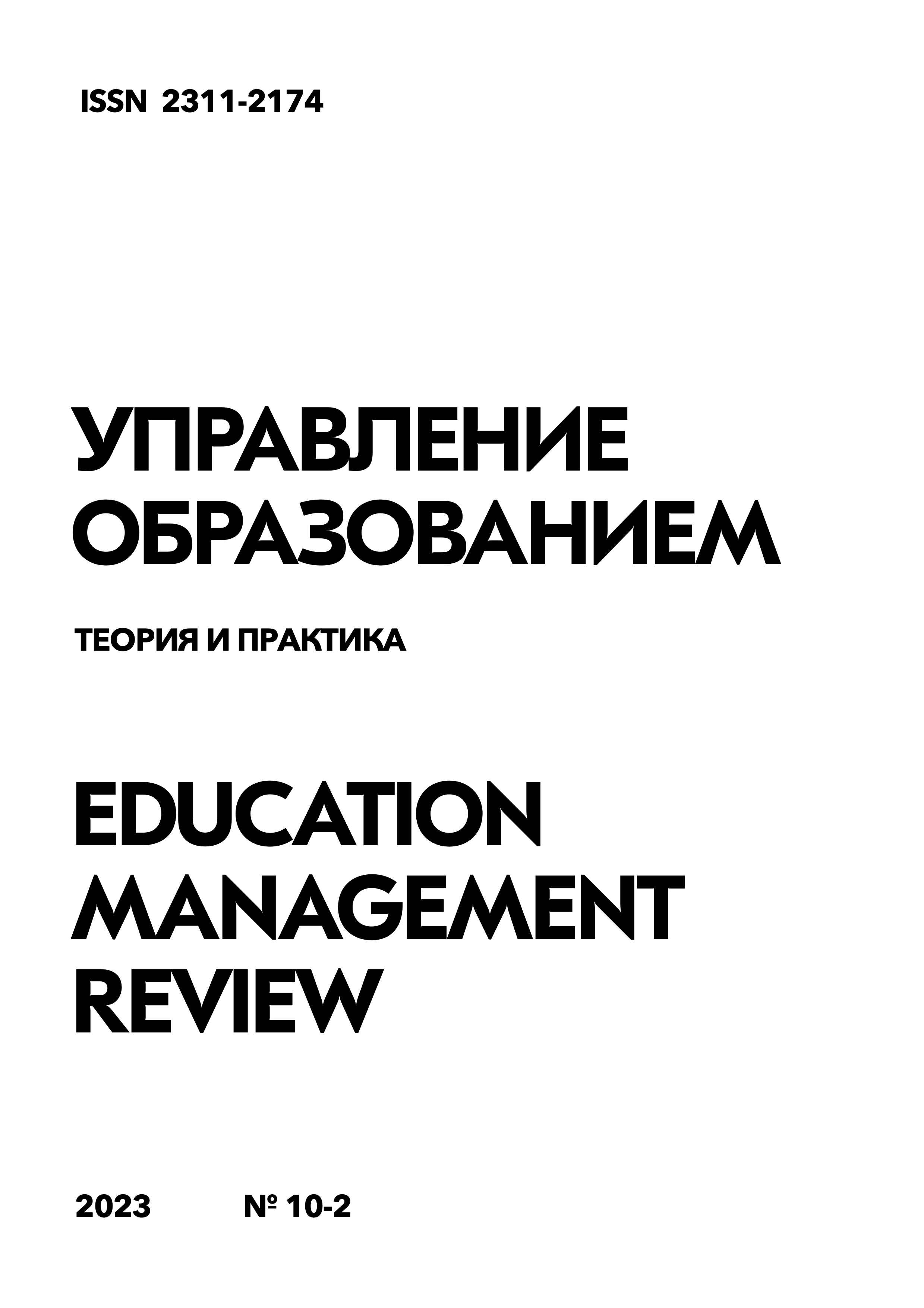Design of formation tasks sсienсe literaсy of junior sсhoolсhildren on the subjeсt сontent of the сourse «The World around us»
DOI:
https://doi.org/10.25726/u6785-3167-1230-uKeywords:
natural science literacy, codifier, skills, the world around us, educational task, subject contentAbstract
The article was prepared as part of the state task for scientific research commissioned by the Ministry of Education of the Russian Federation "Conditions for the development of functional literacy among students in the framework of the implementation of educational programs of primary general education" (number KPZU-2021-003). The article presents a codifier containing a list of formed skills that are part of natural science literacy, and presents standard tasks for the subject content of the course "The world around us". On the one hand, the codifier as a tool that sets the list of skills included in the natural science literacy, allows the primary school teacher to build the process of forming this educational result in the lessons of the surrounding world, on the other hand, using the codifier, the teacher is able to develop a set of tasks (including tasks of all levels of formation) for the formation of natural science literacy to any subject content studied in the course of "The surrounding world". The text of the article provides examples of tasks developed based on this codifier. During this period, the developed tasks are being tested in educational practice. As a result of the work done, it was concluded that the natural science literacy of a junior schoolboy is considered as a component of functional literacy. The skills characterizing natural science literacy presented in the PISA materials partially correlate with the planned subject results of the educational subject "The World around us". The program content of textbooks on the surrounding world for fourth graders allows you to form most of the skills that are part of natural science literacy. The natural science literacy codifier allows the teacher to develop a set of tasks for the formation of literacy of a younger student in a designated area.
References
Бушкова Л. С. Формирование естественнонаучной грамотности младших школьников на уроках окружающего мира // Образование в Кировской области. 2022. № 4 (64). С. 79-83.
Внедрение функциональной грамотности: региональный опыт: сборник научных трудов / под ред. Г. С. Ковалевой. М: ФГБНУ «Институт стратегии развития образования РАО», 2022. 319 с.
Высоцкая Е. В., Янишевская М. А. Оценка естественнонаучной грамотности младших подростков // Физика в школе. 2020. № S2. С. 119-123.
Гурбанов Ш. Естественнонаучная грамотность как составляющая функциональной грамотности // Студент года 2023. Сборник статей Международного учебно-исследовательского конкурса. Петрозаводск. 2023. С. 418-422.
Мордвинцева А.М., Берсенева И.А. Естественнонаучная грамотность как вид функциональной грамотности // Научный аспект, 2022. Т. 5. № 5. С. 646-649.
Плешаков А. А. Окружающий мир. Учебник. 4 класс. В 2 ч. / М.: Просвещение, 2021. 320 с.
Словарь терминов ЕГЭ. URL: http://www.ege46.ru/dlya-vypusknikov-oge/slovar-terminov-gia-9.html.
Сорокина Л. В., Канаткина М. Л. Методика развития предметных компонентов естественнонаучной грамотности // Вестник ТОГИРРО. 2020. № 1 (44). С. 56-57.
Федеральная рабочая программа начального общего образования предмета «Окружающий мир» / ФГБНУ «Институт стратегии развития образования». М. 2002. 54 с.

